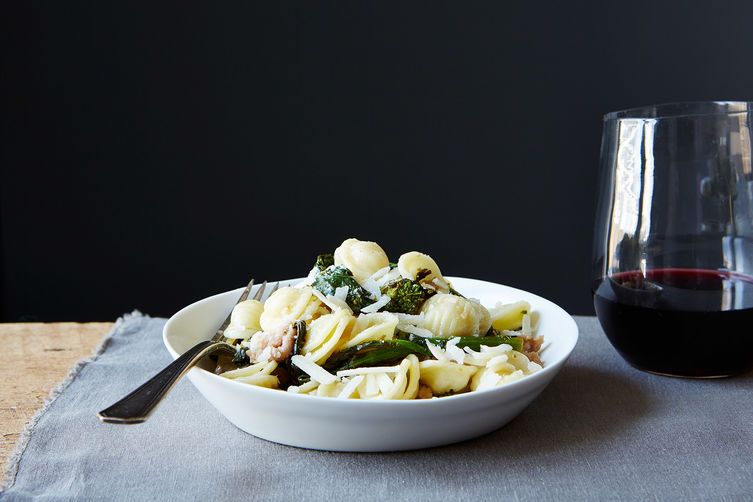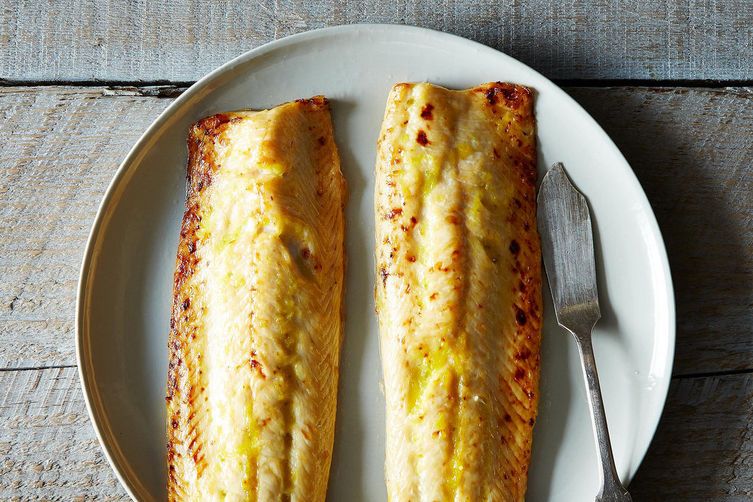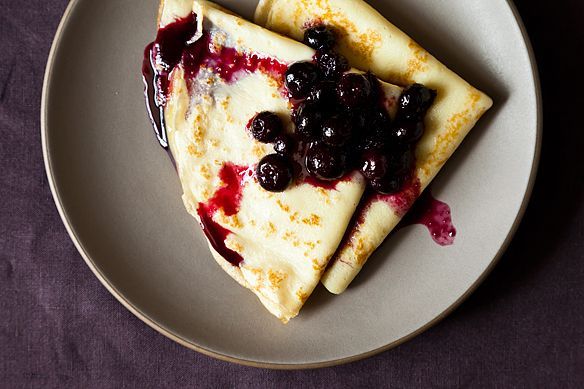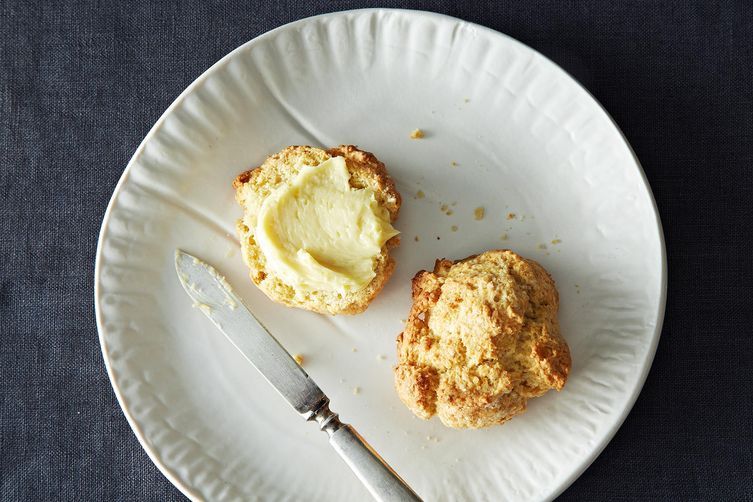Today, cookbook author and DIY enthusiast Eugenia Bone is sharing her 5 favorite ways to use milk curds and leftover whey.

I love the DIY life, but I am all about the simplest methods -- mainly so that I actually end up folding them into my lifestyle. Preparing curds and whey is one of those quiet acts of kitchen chemistry that never ceases to amaze and charm. All you need to do is heat four cups of lightly salted milk to 185° F, add 2 tablespoons vinegar, and -- boom! -- the milk proteins separate. The curds coagulate into a mass of milk proteins that are creamy, fluffy, and delicately tart; the whey is the thin liquid that remains, holding proteins in suspension. Both hold for about 3 days in the fridge.
More: Want to make queso blanco and paneer cheese at home? This kit can help.
Curds are the same as paneer, queso fresco, and cottage cheese. They can be placed in baskets or cheese molds and allowed to drain off the remaining whey to whatever consistency you like. You can make them with whole or skim cow's milk, goat milk, or sheep’s milk, or a combination thereof. All of these options work, delivering slightly different levels of richness, different flavors, and minor quantity differences.
Let's be clear: True ricotta is made from the whey of sheep’s milk -- kind of like a second distillation, it's the byproduct of another cheese process. It’s worth it to buy ricotta made from the whey of cow's or sheep's milk when you can find it, but curds are a great substitute. And the whey is a marvelous cooking ingredient in its own right.
Here are 5 ways to use curds and whey in everyday cooking:

1. Use curds to garnish and enrich a pasta dish like spaghetti with marinara, orecchiette with broccoli rabe, or penne with sautéed wild mushrooms.

2. Use curds as a stuffing for baked fish fillets and boned chicken legs, as a filling for strudel with fruit, and in savory pies and ravioli.
More: While you're at it, teach yourself how to make mozzarella at home, too.
3. Turn curds into dinner: When I am by myself and blue and wanting to stand at the kitchen counter to eat, I sometimes make curds and eat them with homemade applesauce and black pepper, or with a salty poached egg on top. It’s the kindest of dinners.

4. Turn curds into dessert: Add an egg and sugar, and curds can be fried like little donut holes or whipped with confectioners' sugar to make a sweet cream. They are also wonderful smeared in marmalade crêpes or scooped onto a baked apple.

5. Make use of the whey: Whey is flavorful but light, and you can, of course, make ricotta from it. But try using it to poach browned pork tenderloin or skinless chicken breasts. After the meat is cooked, reduce the whey to a silky sauce.
Whey can also be used in lieu of milk or water in baking, in creamy soups, and in gravys; and it's a friend of mine’s secret ingredient for fabulous mashed potatoes.
More: A few more ways to use leftover whey -- from our hotline.
Curds and whey embody the pleasure of using all parts of a food to enhance flavor and minimize waste. For recipes using homemade “ricotta,” or curds and whey, check out The Kitchen Ecosystem.
This article is brought to you by Clarkson Potter/Publishers. For recipes that use homemade curds and whey, pick up a copy of The Kitchen Ecosystem here.






See what other Food52 readers are saying.